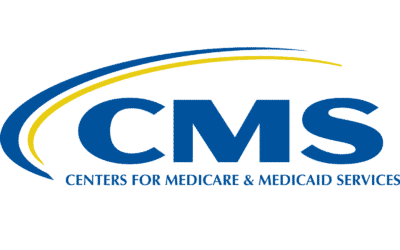The Alliance of Wound Care Stakeholders has had another policy win! The Alliance met with the DME MAC* medical directors on January 23, 2024, to discuss surgical dressing claims processing issues. In direct response, the DME MACs published an update of their surgical dressing policy article using the exact language suggested by the Alliance. (Special thanks to Julie Rhodovi, Kathy Schaum, Dr. Laura Swoboda, Ryan Dirks, Stephanie Yates, Misty Vaughn, and Lucy Ketner.) There were 3 specific issues about which everyone was concerned.
This link which will take you to the surgical dressing policy update, but you actually have to read the entire article to see the new language. I pasted the critical part below. You can see that it’s the DME companies who will be paying the most attention to these codes – so it’s easy to pass right by this and think it’s not something you need to focus on. However, as you read the language, you can see the way that clinical documentation ends up being more important than ever!
Here is the take-home message for all clinicians:
- Just as before, a wound does not “qualify” for surgical dressings from a DME unless it has undergone debridement (remember, this is the “surgical” dressing policy) – but the debridement type does not have to be sharp/surgical – it can be autolytic, mechanical or enzymatic. However, your note has to state that one of those types of debridement was performed.
- You must document the total number of wounds that “qualify” and document each separately.
- Your note must provide the wound size and the drainage characteristics (e.g., large or copious drainage).
- If you are updating an order because there is a new wound, it is useful to explain that there is a new wound (see below).
Here is the language:
Modifiers A1-A9 have been established to indicate that a particular HCPCS code is being used as a primary or secondary dressing on a qualifying surgical or debrided wound. Modifiers A1-A9 are used to indicate the number of qualifying wounds on which a specific dressing HCPCS code is being used.
The modifier number must correspond to the number of qualifying wounds on which the dressing HCPCS code is being used, not the total number of wounds treated.
Modifiers A1-A9 are not used with codes A6531 and A6532.
Example Scenarios:
- September 1 Dressing Shipment: Beneficiary has two wounds that require two different categories of dressings, A61XX (max allowance of 30 per month) and A62XX (max allowance of 12 per month)
- Supplier should bill:
- A61XX A1 UOS = 30
- A62XX A1 UOS = 12
- September 15 Dressing Shipment: Beneficiary has a new wound that requires one of the same categories of dressings as another wound (A61XX – max allowance of 30 per month)
- Supplier should supply and bill 15 units (to last for the next 2 weeks) and should append the A2 modifier because this dressing category is now used on 2 wounds. NOTE: The modifier number corresponds to the number of wounds on which the dressing is being used, not the total number of wounds treated.
- A61XX A2 UOS = 15
- October 1 Dressing Shipment: Beneficiary still has three wounds: two require A61XX (max allowance of 60 per month) and one requires A62XX (max allowance of 12 per month)
- Supplier should bill:
- A61XX A2 UOS = 60
- A62XX A1 UOS = 12
- Supplier should bill:
- Supplier should supply and bill 15 units (to last for the next 2 weeks) and should append the A2 modifier because this dressing category is now used on 2 wounds. NOTE: The modifier number corresponds to the number of wounds on which the dressing is being used, not the total number of wounds treated.
- Supplier should bill:
*DME MAC: Durable Medical Equipment Medicare Administrative Contractor- a private insurance company that has a contract with Medicare to process durable medical equipment claims




